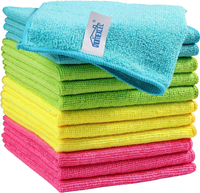These 5 dire dusting mistakes are making your home dirtier, cleaners say
These five dusting mistakes are simple to avoid for a more hygienic home
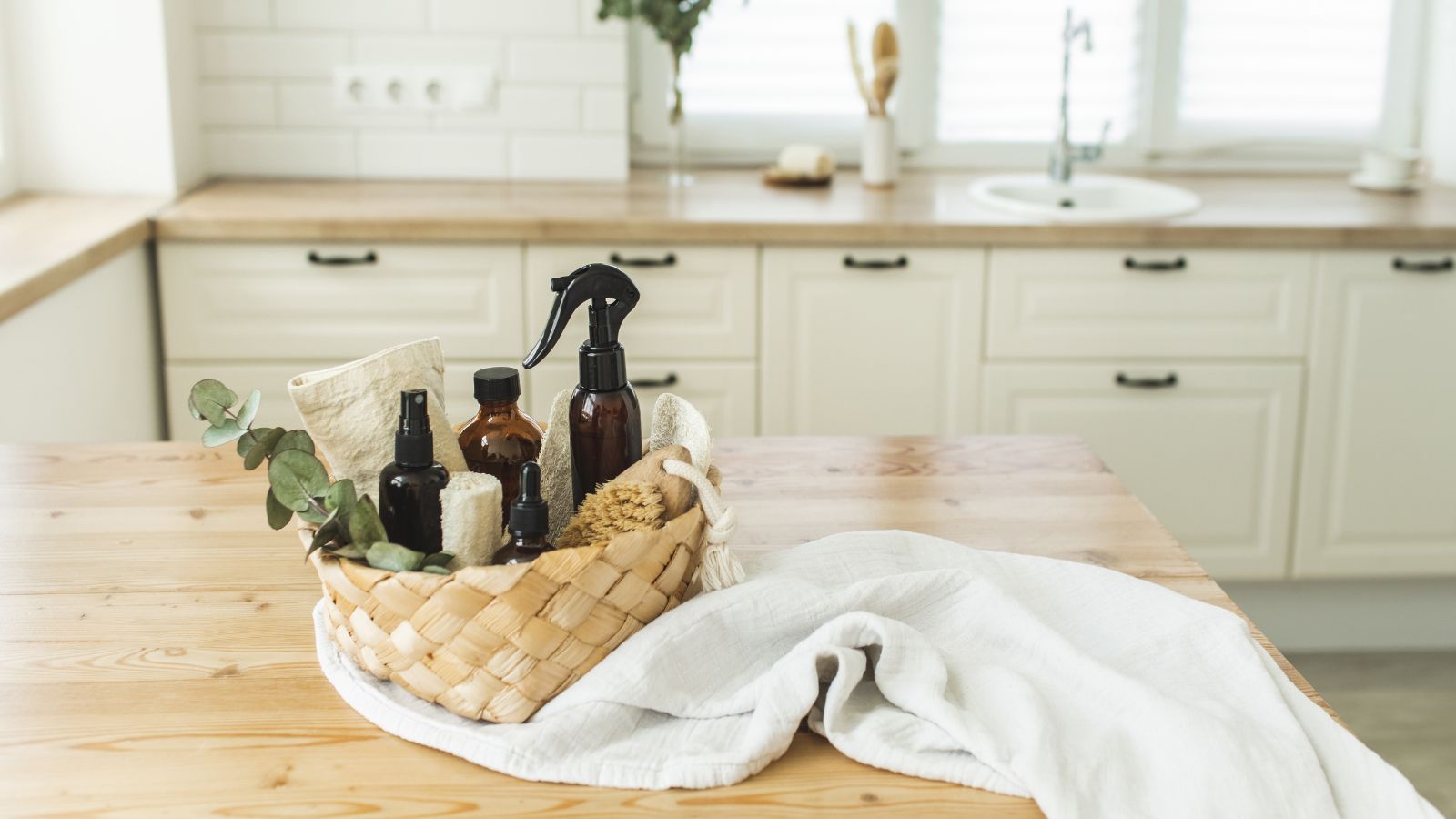

Dusting is not a complicated task, but there are some dusting mistakes you might be making that are actually making your home dirtier over time.
Although it is impossible to completely prevent dust in a house, the right dusting techniques will prevent allergy symptoms and musty smells.
These are the five dusting mistakes most people make without realizing, and why fixing these errors makes for a cleaner home.
Dusting mistakes
Properly removing dust in your home comes down to using the right products and cleaning tips to help pick up the dust rather than spread it around your space or launch it into the air.
Here is how the professionals do it perfectly the first time.
1. Using feather dusters
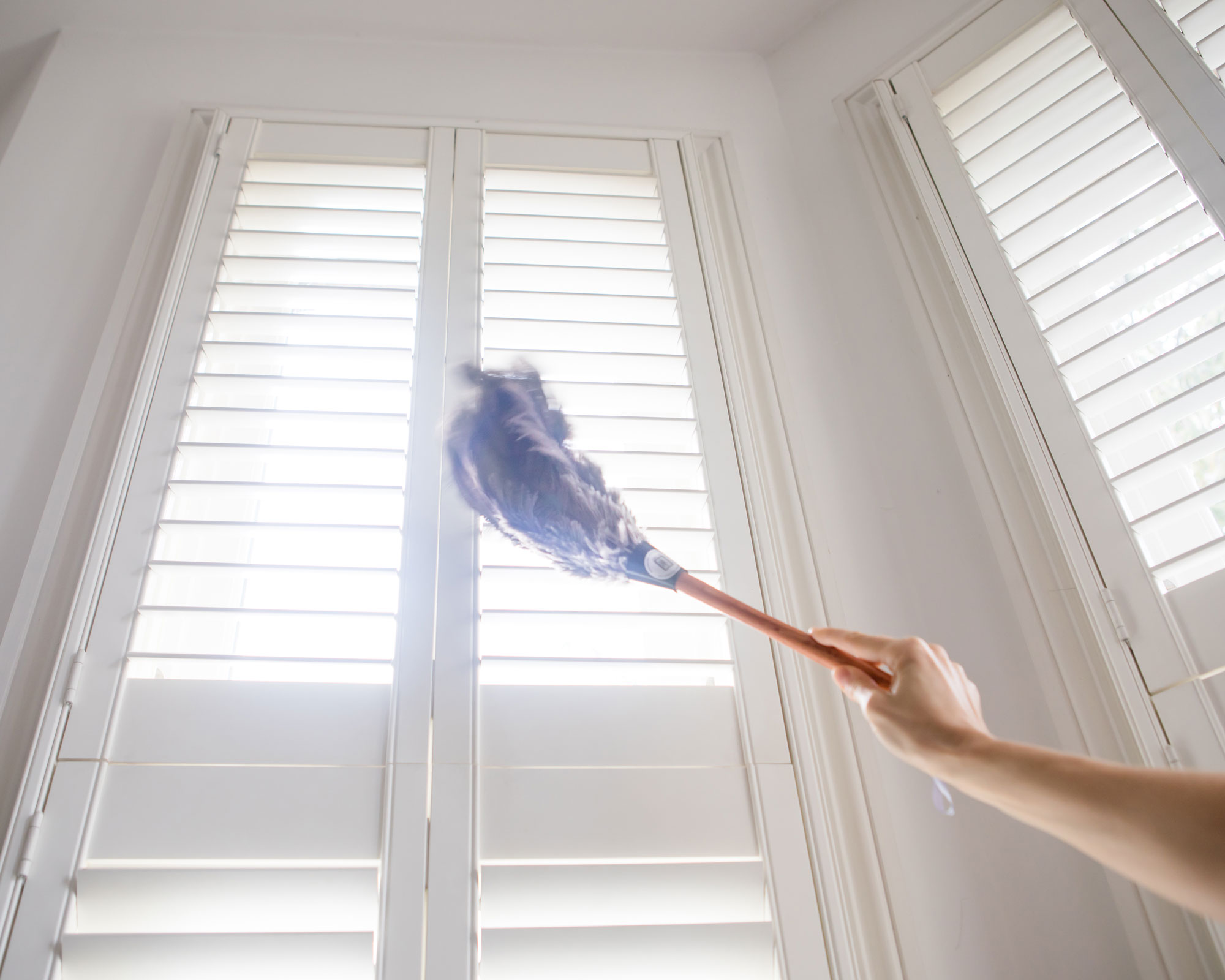
One of the worst cleaning habits cleaners urge you to break is using the wrong tools for the job.
When it comes to dusting, a feather duster may sound like the right move, but it is one of the worst tools to use to actually remove dust from your space, says Lina DaSilva, professional cleaner and founder of Toronto Shine Cleaning:
‘One thing I’ve noticed is a lot of folks reaching for feather dusters. They’re classic but not the hero we need. They tend to spread dust around more than actually picking it up. I always recommend a good quality microfiber cloth – it’s like a dust magnet,' and work especially well with the dry/damp cleaning rule.
12 Microfiber cloths | $13.99 at Amazon
A good microfiber cloth is the most important tool in a cleaning arsenal. Keep a few to hand, and learn how to wash microfiber cloths to keep them effective, and you'll rarely need anything else. Their electromagnetic fibers will pick up dust effectively.
2. Vacuuming before dusting
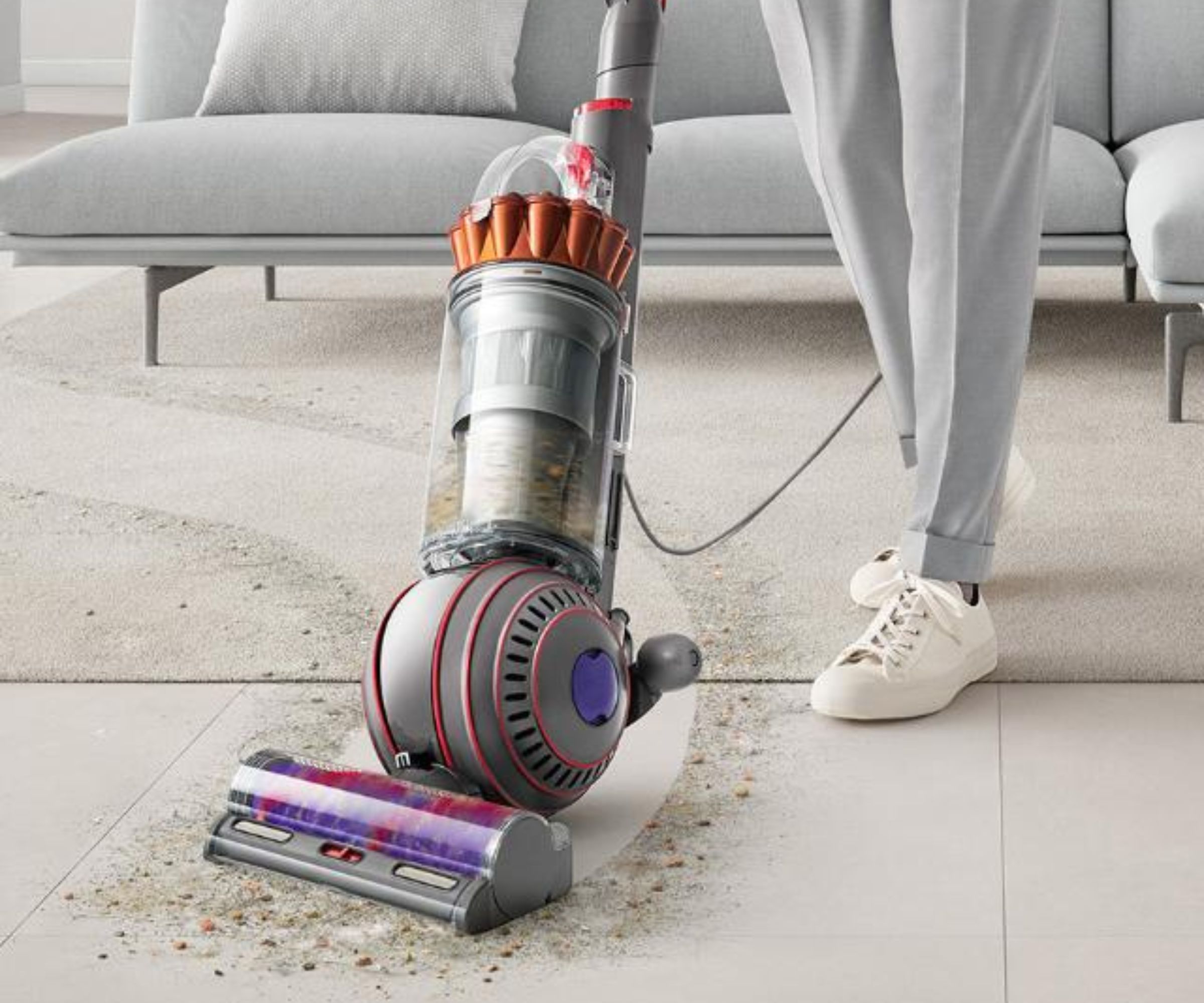
Besides knowing how often to vacuum, it is important to know when to vacuum when dusting your home. Vacuuming before you dust is counterintuitive, Will Cotter, cleaning expert at FreshSpace Cleaning warns, and leaves your house just as dirty as it was when you started:
‘You tackle the dusting, feeling accomplished, only to realize that you've inadvertently spread loose dust back into the air, allowing it to settle on surfaces all over again. This not only makes your cleaning less effective but also feels like you're running in circles, doing the same job twice.
‘Make sure your vacuum is in good shape, with a clean filter or bag,’ Will advises. ‘If you've got a bagless vacuum, empty the canister before you begin.
‘Be thorough with your floors – carpets, rugs, hard floor and get under the furniture and along the baseboards.’
3. Not using an air purifier
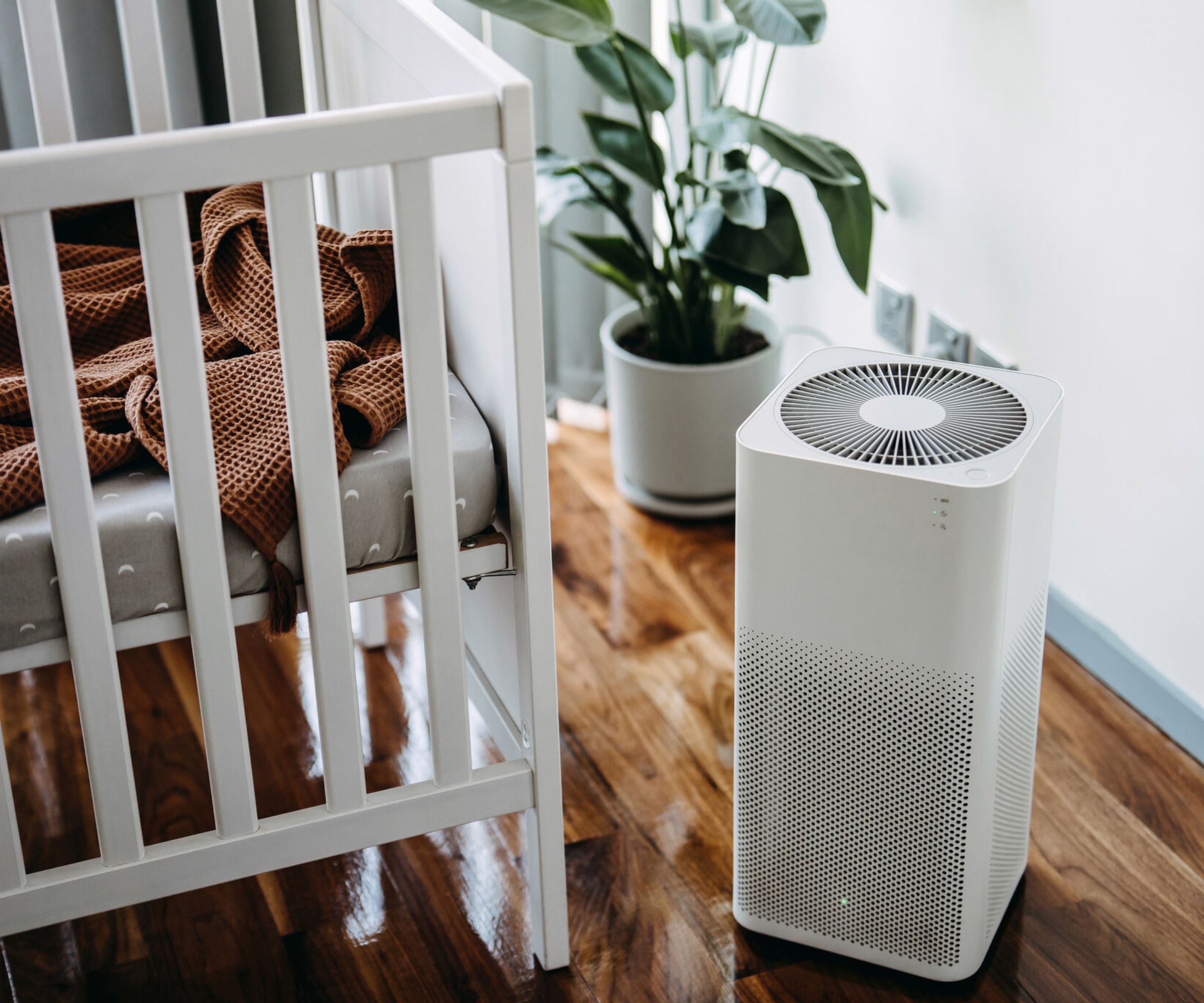
Another common dusting mistake is overlooking the advantages of air purifiers, continues Muffetta Krueger, cleaning expert and founder of Muffetta’s Domestic Assistants. These handy devices collect dust in the air before it has the chance to settle, and capture dust you disturb when dusting your home.
‘Consider using an air purifier with a HEPA filter while dusting. Place it in the room you're cleaning, and it will capture airborne dust particles as they get stirred up during the process. This not only helps in preventing dust from resettling but also improves indoor air quality,’ she explains.

Muffetta Krueger is a cleaning expert and founder of Muffetta’s Domestic Assistants with over 16 years of operational management experience in the service industry. Muffetta’s Domestic Assistants provides housekeepers, house cleaners and maids, and is based in New York.
4. Dusting too quickly
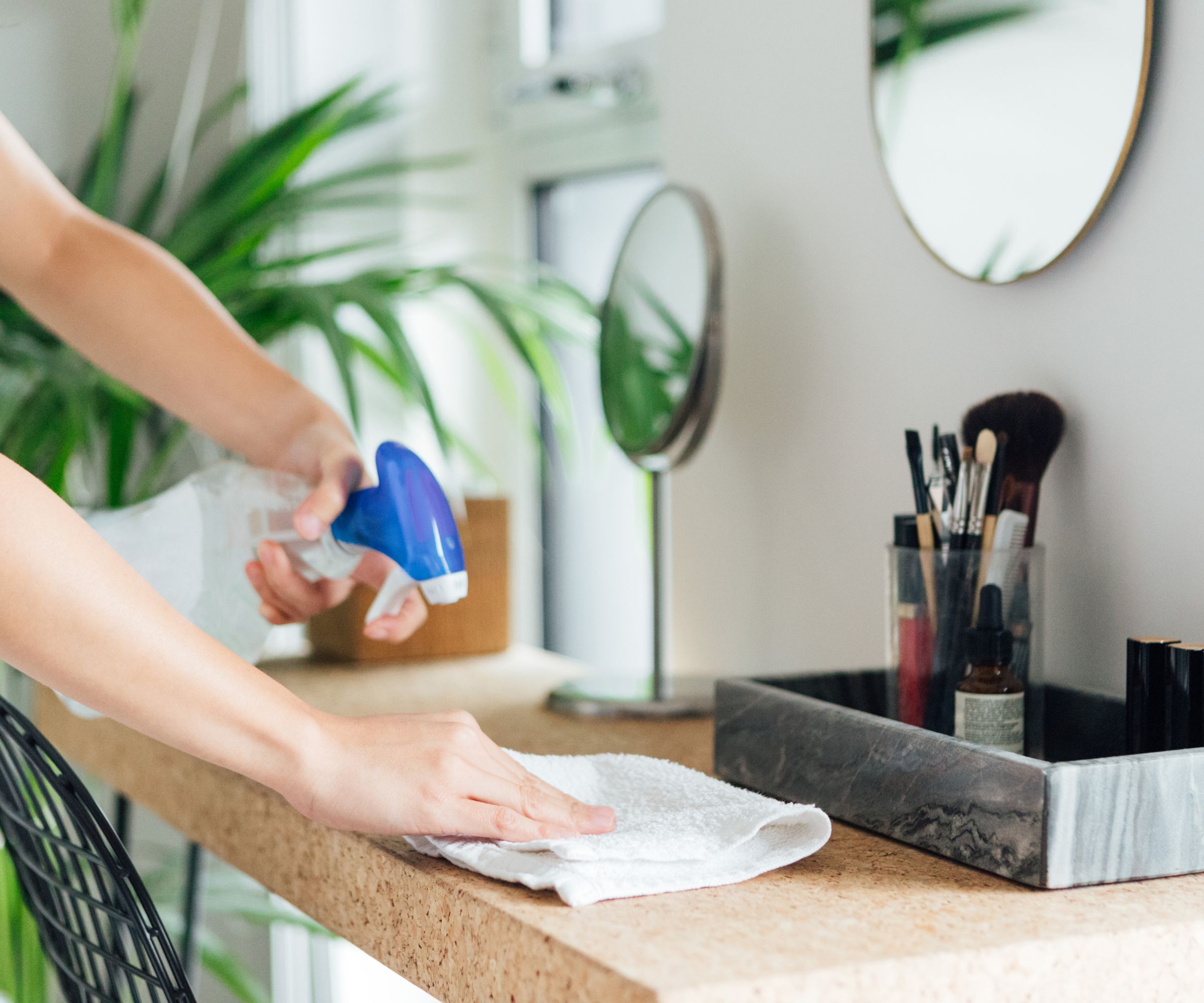
We are all for cleaning a house fast, but there is such a thing as rushing your dusting, meaning you don’t pick up all the debris on your first pass, says cleaning expert Will Cotter.
‘Rushed dusting doesn't really remove the dust, it just moves it around. Instead, you end up having to clean more often or simply making the dust airborne, and that's a problem if you're trying to breathe fresh air at home.
‘What's more, the hasty movement of a cloth or duster can sometimes cause micro-scratches or damage to delicate surfaces, especially if there's abrasive dust present. If you want to speed the process up, I suggest preparing your dusting tools first to make the whole process feel more organized and use the right products, such as Pledge furniture polish, available at Target, to collect dust more easily.’
It is just as bad as forgetting these six overlooked spots you're forgetting to dust.
5. Not starting dusting at the top

When cleaning and dusting your home, it is essential that you always start at the top and work your way down – this means working from the ceiling, down the walls and furniture, and finishing with the floor, says cleaner Lina DaSilva.
This is not only a cleaning tip for allergy sufferers, she says. Not following this handy pattern is a dire dusting mistake that moves dust around your space and allows it to settle on already cleaned surfaces – undoing all of your hard work.
‘It’s a small change but trust me, it makes all the difference.’
FAQs
What are the golden rules for dusting?
There are three golden rules for dusting – always dust from top to bottom, always stop air circulation as you work to prevent moving dust around (i.e. closing windows and turning off fans), and always vacuum last. Following these three basic rules will ensure your dusting is efficient.
Is it better to dust with a wet or dry cloth?
When dusting your home, it can be helpful to dust with a slightly damp microfiber cloth to help collect dust rather than unsettle it and distribute it into the air. It is important that your cloth is not overly wet, however, as this just traps dust against surfaces in water droplets, leaving behind water marks when they dry – simply wet the cloth and wring it out completely before getting to work.
A slightly less common dusting mistake is dusting too often – a task that is entirely possible if you are dusting more than twice a week. Over-cleaning your home isn't necessarily a bad thing, but it is often a waste of time, money, and energy, especially when dust won't have time to settle between cleans – often leaving it airborne and reducing air quality instead. You should be dusting your home once a week, maybe twice if you have severe allergies, and using an air purifier to help monitor dust levels in the meantime.
Sign up to the Homes & Gardens newsletter
Design expertise in your inbox – from inspiring decorating ideas and beautiful celebrity homes to practical gardening advice and shopping round-ups.

Chiana has been at Homes & Gardens for two years and is our resident 'queen' of non-toxic living. She spends most of her time producing content for the Solved section of the website, helping readers get the most out of their homes through clever decluttering, cleaning, and tidying tips. She was named one of Fixr's top home improvement journalists in 2024.
-
 How to grow crepe myrtle in pots – and transform even the smallest of yards with dazzling flowers this summer
How to grow crepe myrtle in pots – and transform even the smallest of yards with dazzling flowers this summerGrowing crepe myrtles in pots will inject splashes of brilliant color into your outside space
By Thomas Rutter Published
-
 I've spent over 200 hours testing vacuums and swear by my two Dysons – this is how I properly clean a Dyson vacuum filter for longer-lasting appliances
I've spent over 200 hours testing vacuums and swear by my two Dysons – this is how I properly clean a Dyson vacuum filter for longer-lasting appliancesYour Dyson vacuum will last much longer and clean at its best
By Dan Fauzi Published
